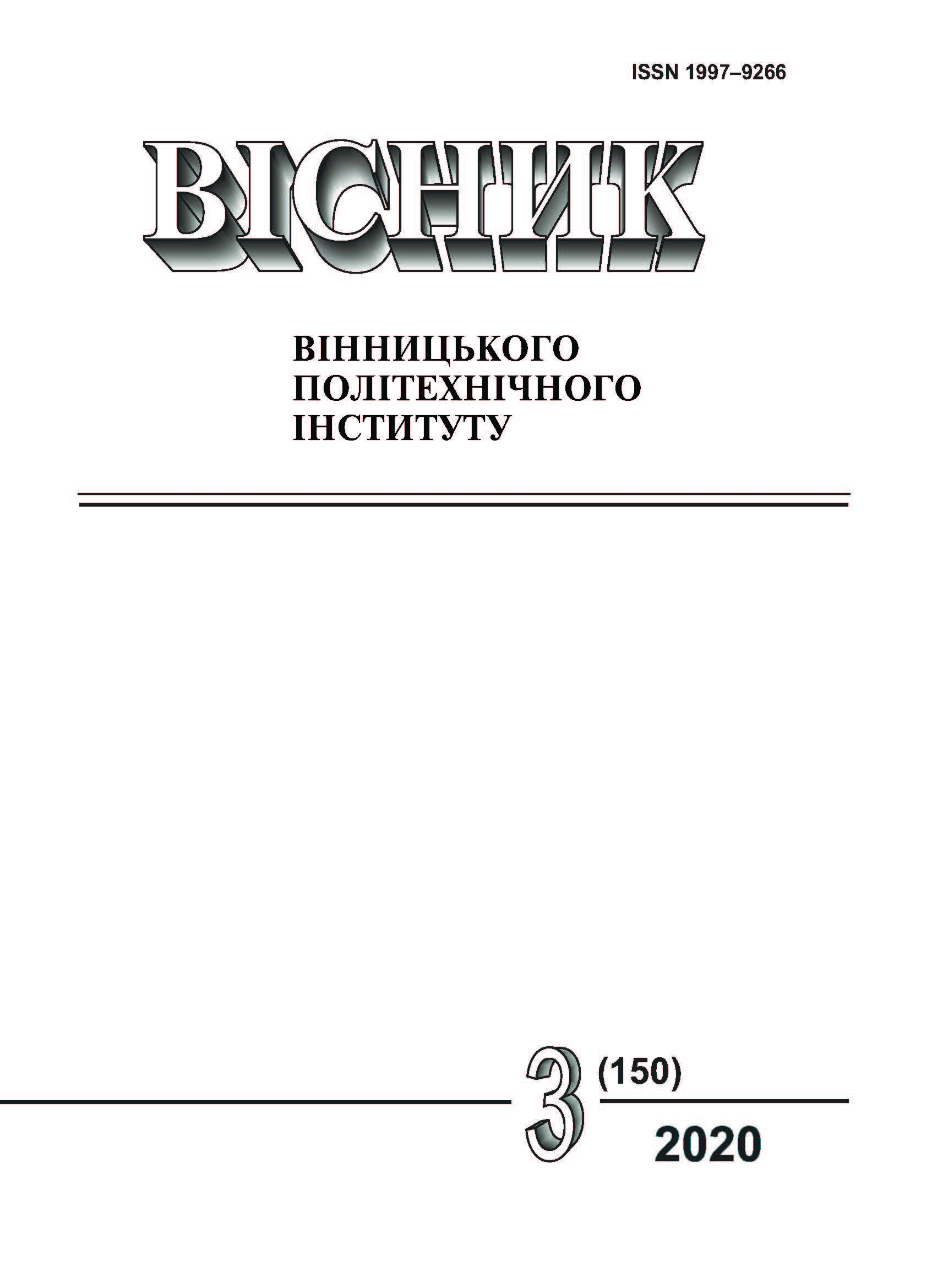Design of a Portable Digital Megohmmeter and Leakage Current Meter
DOI:
https://doi.org/10.31649/1997-9266-2020-150-3-37-42Keywords:
leakage current, the converter current, insulation resistanceAbstract
Reliability and uninterrupted operation of electrical equipment is ensured by many parameters, one of the most important is the quality of insulation. By the concept of insulation resistance it is necessary to understand the ability of the material of which the insulation is made to resist the electric current flowing in electrical equipment. The condition of the insulation affects the quality of the power supply as a whole. The throughput and durability of the work depends on the insulation material and its quality, as well as on the state in which it is located. Most conductors are in the form of wires of different thicknesses, covered with a layer of insulation. If the resistance of an ideal conductor should be infinitesimal, then the resistance of an ideal insulation should be infinitely large. However, the reality is that the resistance of the insulating layer is not so large that it could not be measured. Under certain conditions, the so-called "leakage current" flows through it. Its value may be unacceptably large. Gradually, however, the properties of the insulation coating can deteriorate quite quickly. Moreover, any additional external impact, for example, mechanical, can violate the integrity of the weakened insulation. Further, there is a high probability of a short circuit at the site of damage, as well as its ignition due to the high temperature in the short circuit zone. Therefore, it is necessary to periodically check the state of insulation for the magnitude of the leakage currents in it to prevent the destructive consequences of its degradation. Checking the degree of protective properties of insulation is carried out using a special measuring device — a megohmmeter, which measures the insulation resistance in electrical equipment. Measurement of insulation resistance and leakage current allows for safe use and operation of electrical equipment, ensuring efficient operation of the entire power supply system. An analysis was made of existing solutions. A portable digital device was developed that included a megohmmeter and a leakage current meter, and provides a rated test voltage of 250, 500, or 1000 V to measure leakage current or insulation resistance.
References
А. В. Мускатиньев, и А. А. Мускатиньев, Особенности измерения токов утечки в силовых полупроводниковых приборах в состоянии низкой проводимости. XXI век: итоги прошлого и проблемы настоящего плюс. Пенза, Россия: Пензенский государственный технологический университет, 2014, с. 157-163.
A. Rokowska, “Overhead CC lines experience in design, construction and service with reliability assessment in central Europe,” in Proc. of the FourthInternational Covered Conductor Confrerence ICCC. Helsinki, 2000, pp. 56-68.
Muhammad Amin, Salman Amin, and Muhammad Ali, “Monitoring of leakage current for composite insulators and electrical devices,” Reviews on advanced materials science, 2009, pp. 75-89.
В. И. Лачин, К. Ю. Соломенцев, Н. К. Уи, и И. Г. Балабан, «Сравнительный анализ математических моделей аппроксимации тока абсорбации,» Известия вузов. Северо-кавказский регион. Технические науки. Ростов-на-Дону, Россия: Южный федеральный университет, с. 14-18, 2015. https://doi.org/10.17213/0321-2653-2015-2-14-18.
Ю. В. Соловьев, А. И. Таджибаев, и А. Н. Назарычев, «Метод оценки состояния защищенных проводов при электрическом старении в условиях повышенных загрязнений и увлажнений,» Научно-технические ведомости Санкт-Петербургского государственного политехнического университета, с. 114-122, 2015.
J. Schmitz, M. H. H. Weusthof, and A. J. Hof, “Leakage current correction in quasi-static C-V measurements,” in Proc. IEEE 2004 Int. Conference on Microelectronic Test Structures, vol. 17, pp. 179-181, 2004. https://doi.org/10.1109/ICMTS.2004.1309475 .
В. Б. Здеб, В. О. Яцук, и Ю. В. Яцук, «Калибровка многоканальных цифровых измерителей сопротивления в рабочих условиях,» Международный журнал “Устойчивое развитие”. Варна, Болгария, № 18, с. 86-92, 2014.
V. Zdeb, V. Yatsuk, R. Yanovych, and Yu. Yatsuk, “Possibilities of Precission Ohmmeter Calibration at the Exploitation Condition,” in Proceedings of the 2013 IEEE 7th International Conference on Intelligent Data Acquisition and Advanced Computing Systems (IDAACS), Berlin, Germany,2013, vol. 1, pp. 86-89.
В. О. Яцук, і В. Б. Здеб, «Калібрування багатоканальних засобів вимірювання напруги на місці експлуатації,» Вісник Націон. унів. “Львівська політехніка” «Компютерні системи та мережі,» вип. 717, с. 204-209, 2011.
J. Yang, J. E. Fletcher, and J. O’Reilly, “Short-Circuit and Ground Fault Analyses and Location in VSC-Based DC Network Cables,” IEEE Transactions on Industrial Electronics, vol. 59, № 10, pp. 3827-3837, 2012.
T. A. Gisby, S. Q. Xie, E. P. Calius, and I. A. Anderson, “Leakage current as a predictor of failure in dielectric elastomer actuators,” Proc. SPIE 7642, Electroactive Polymer Actuators and Devices (EAPAD), 2010. https://doi.org/10.1117/12.847835 .
Downloads
-
PDF (Українська)
Downloads: 207
Published
How to Cite
Issue
Section
License
Authors who publish with this journal agree to the following terms:
- Authors retain copyright and grant the journal right of first publication.
- Authors are able to enter into separate, additional contractual arrangements for the non-exclusive distribution of the journal's published version of the work (e.g., post it to an institutional repository or publish it in a book), with an acknowledgment of its initial publication in this journal.
- Authors are permitted and encouraged to post their work online (e.g., in institutional repositories or on their website) prior to and during the submission process, as it can lead to productive exchanges, as well as earlier and greater citation of published work (See The Effect of Open Access).





